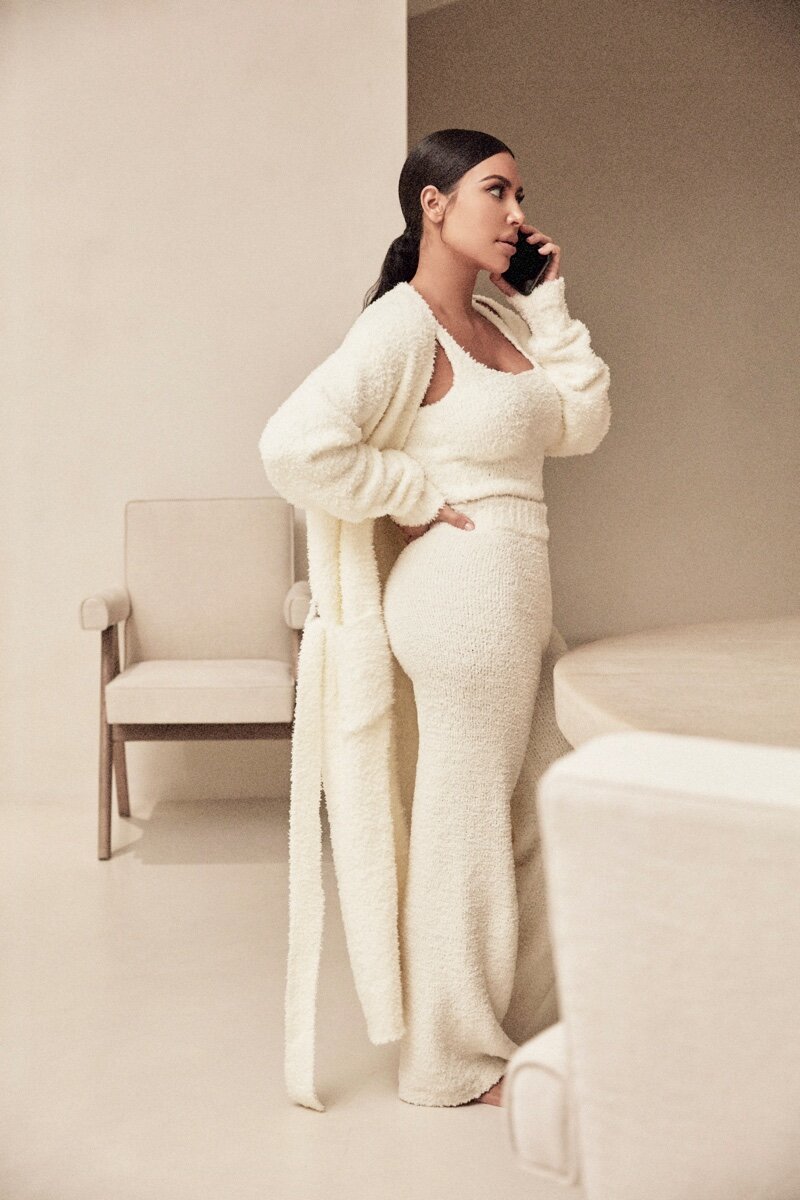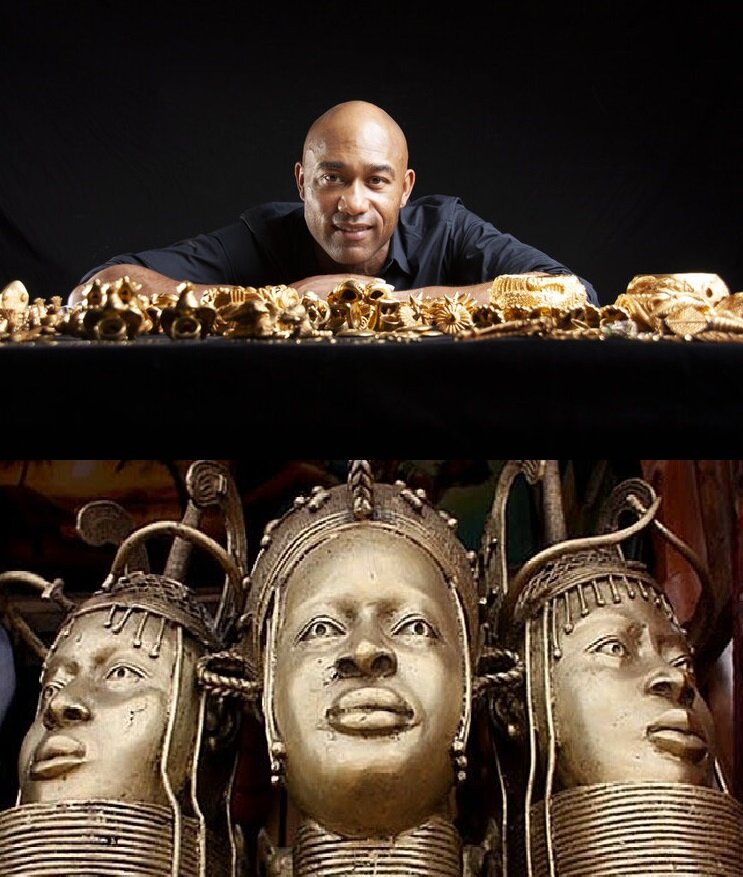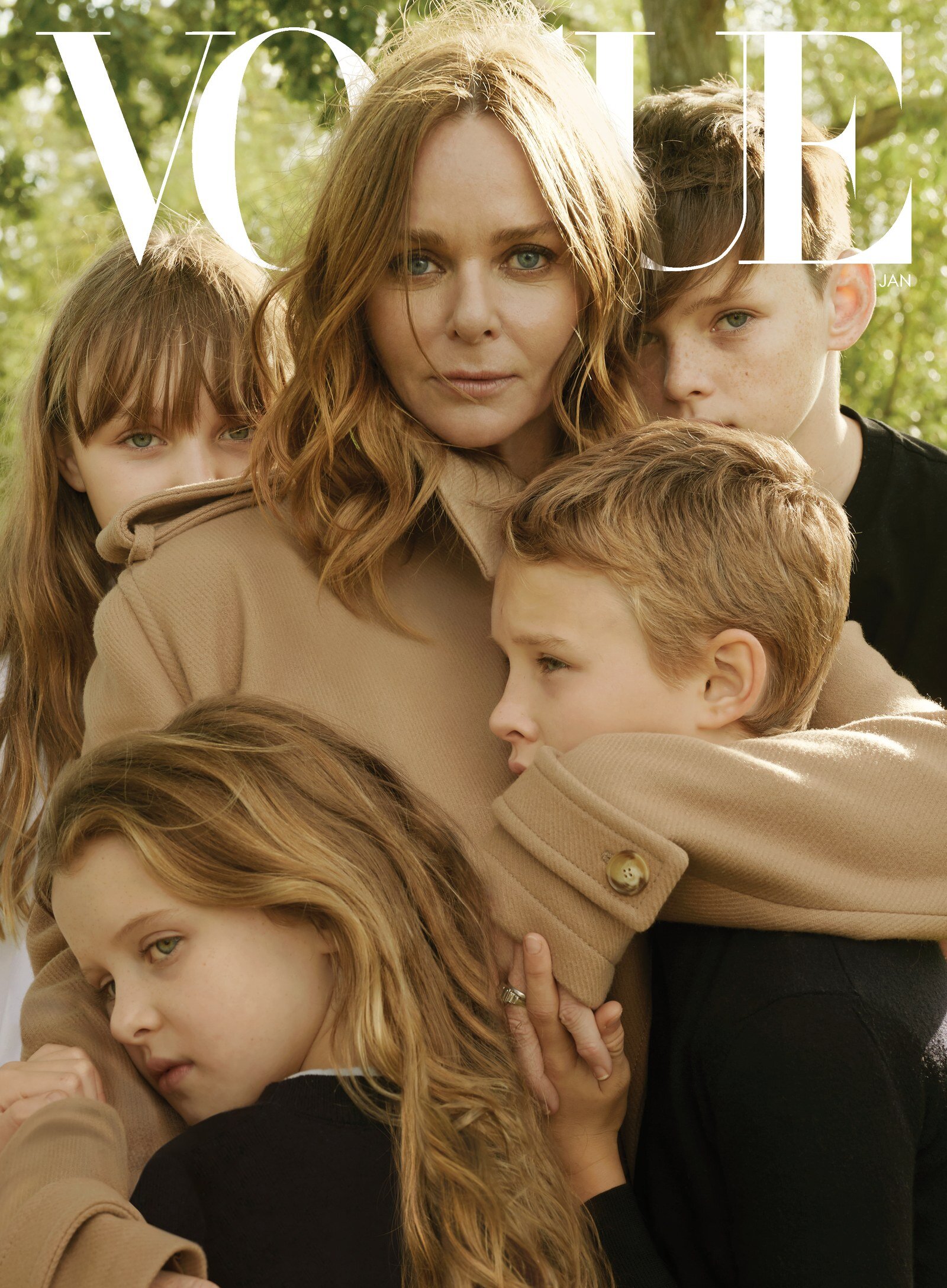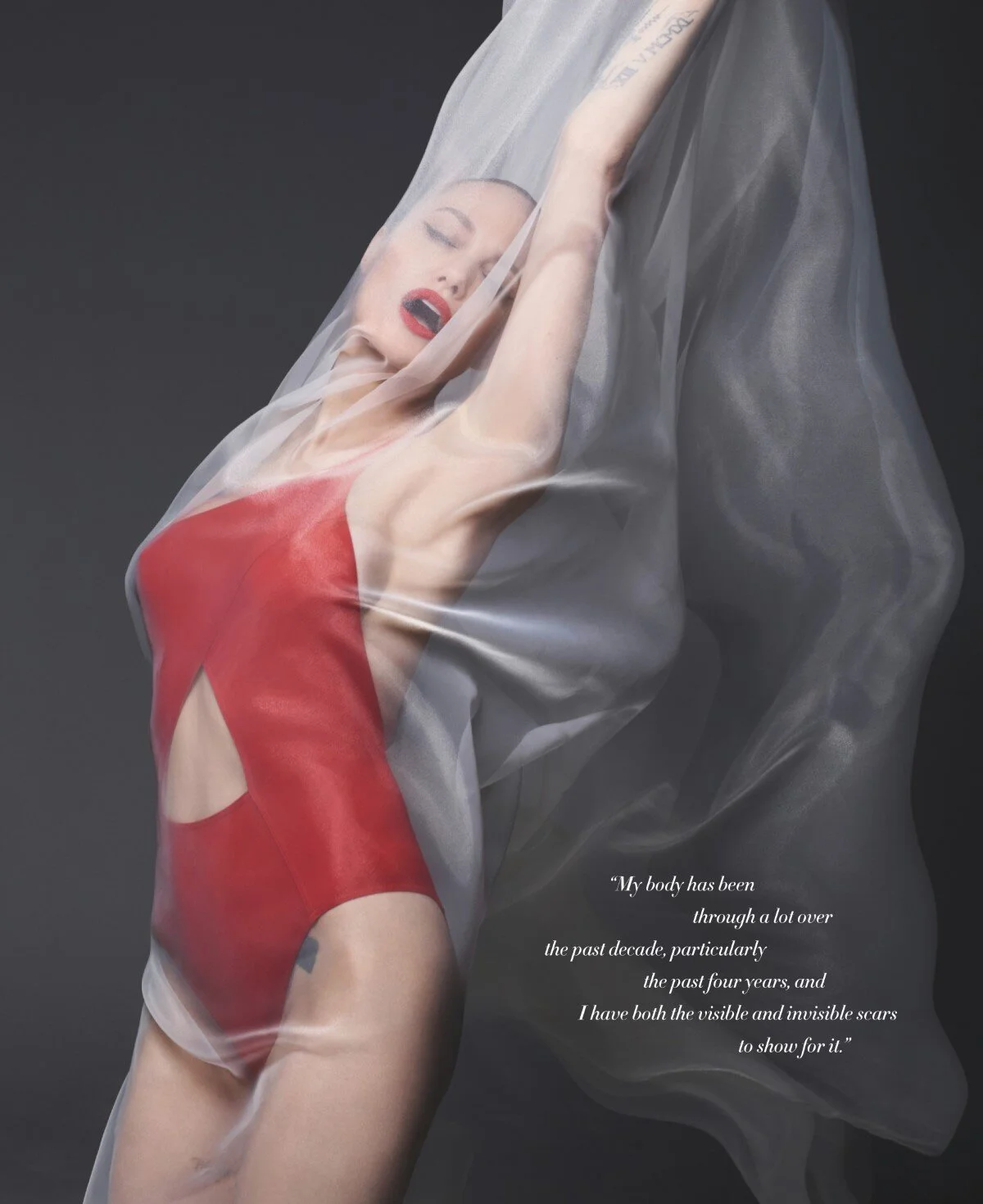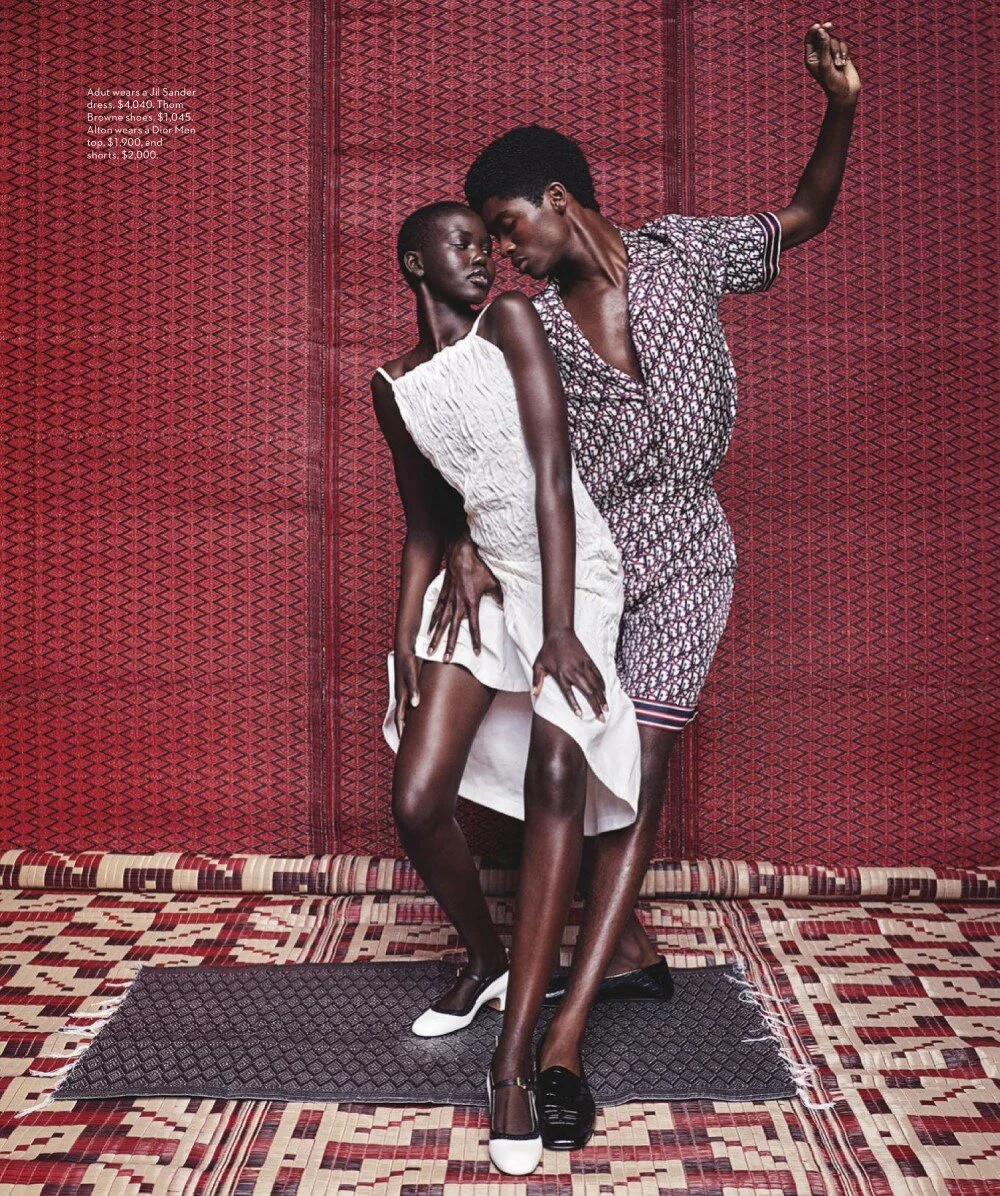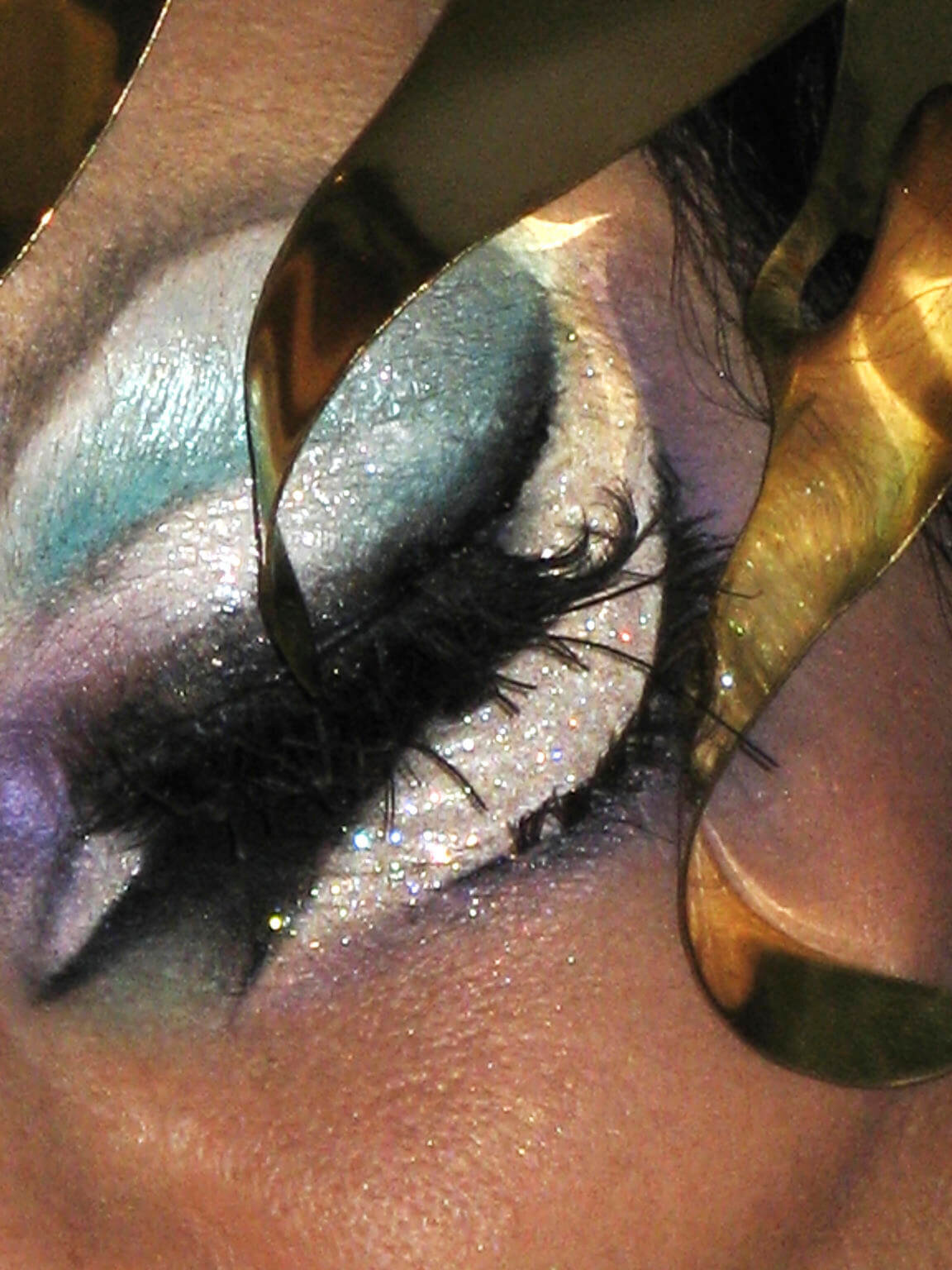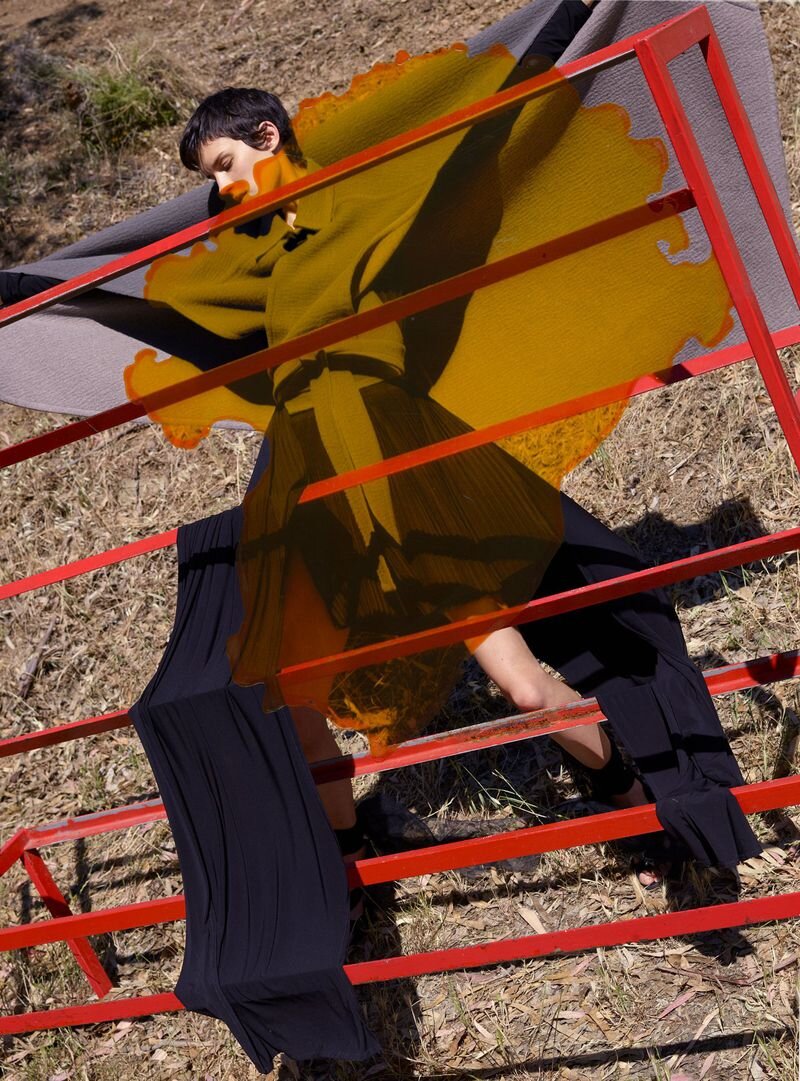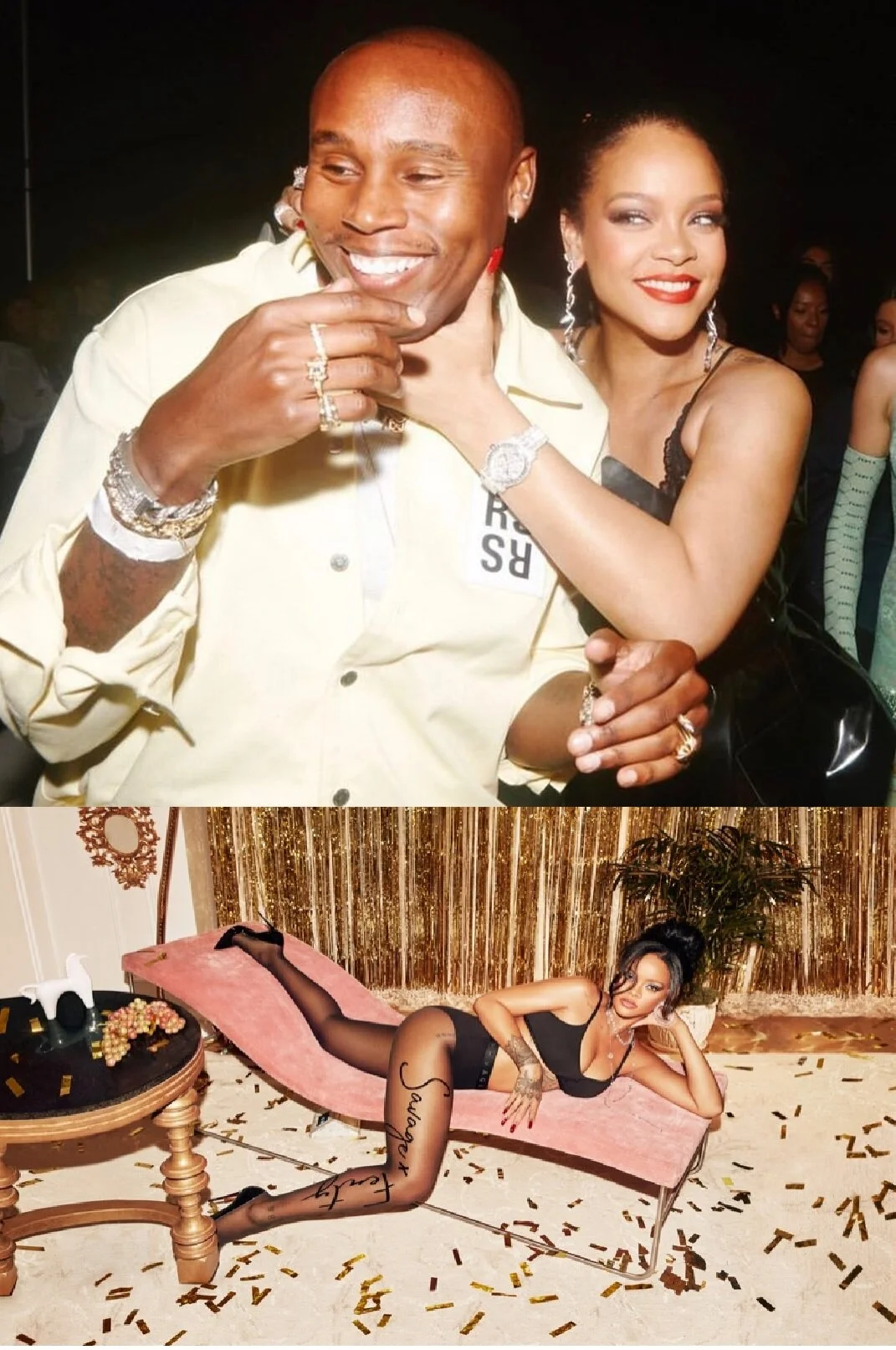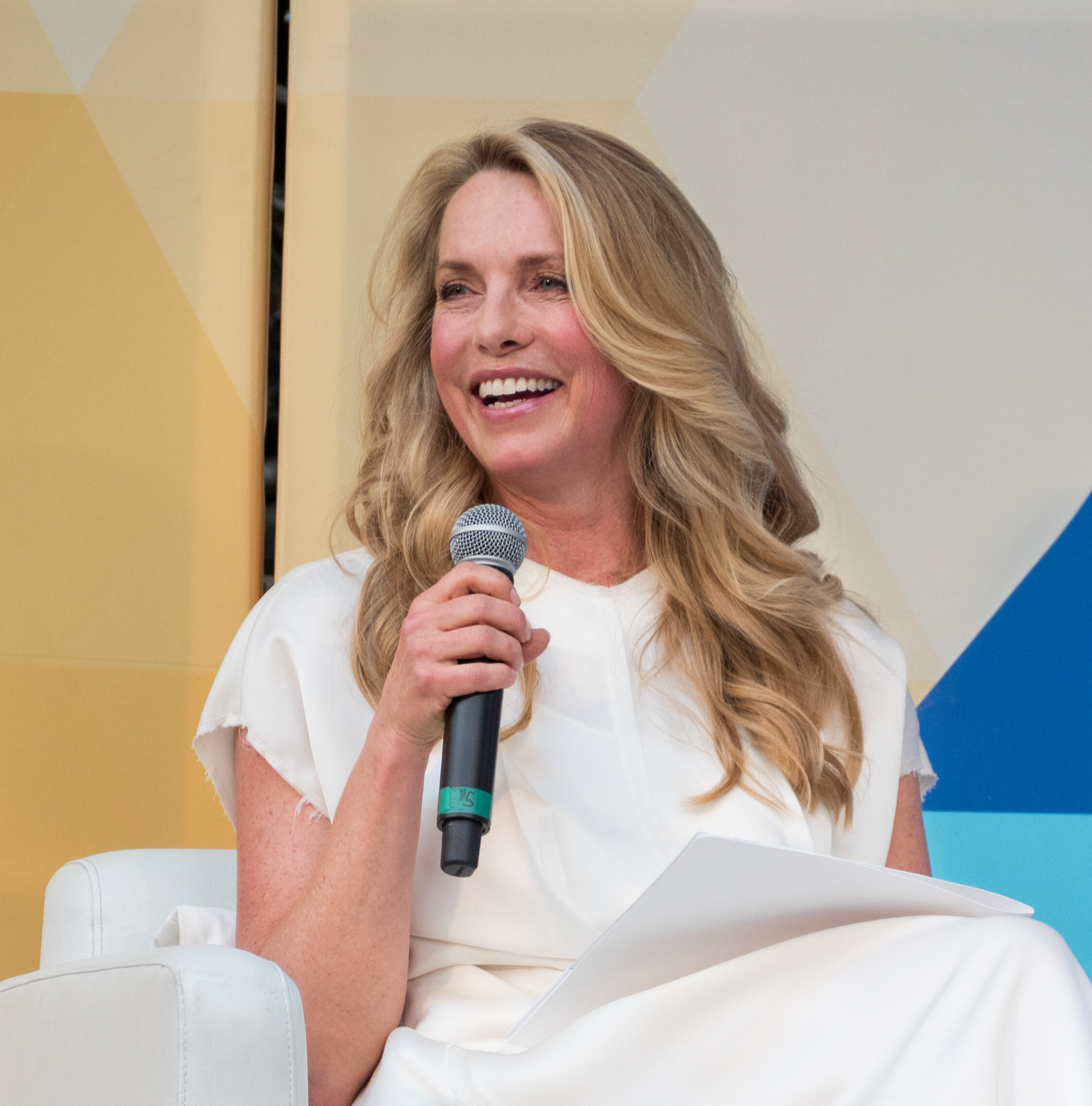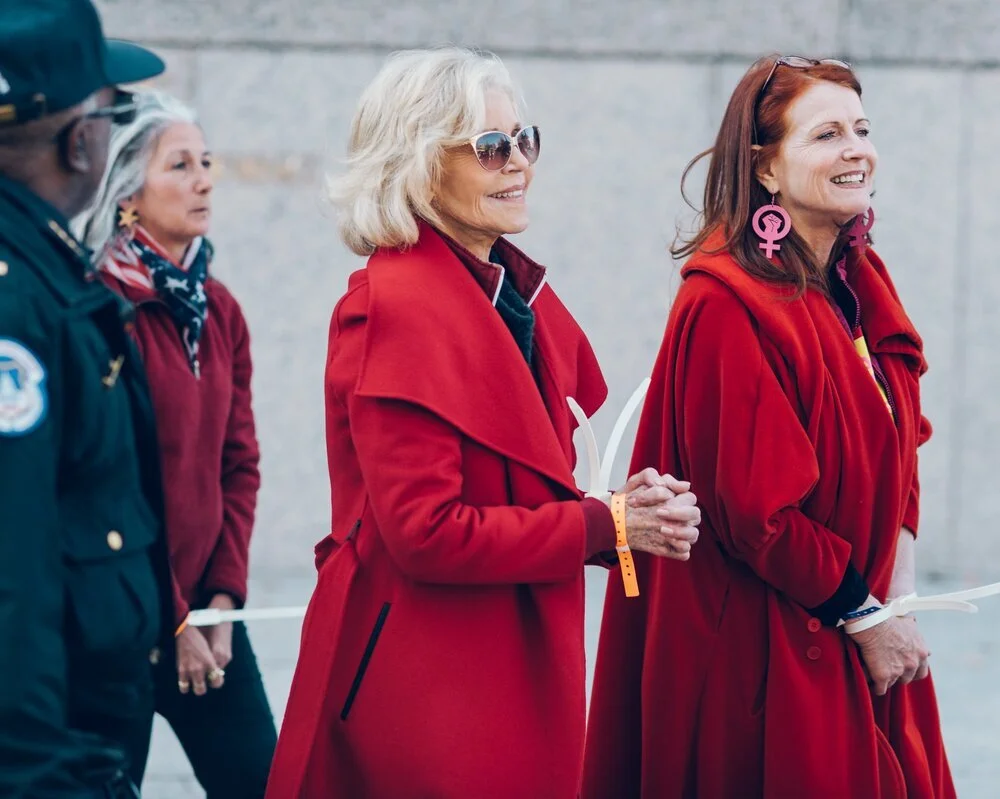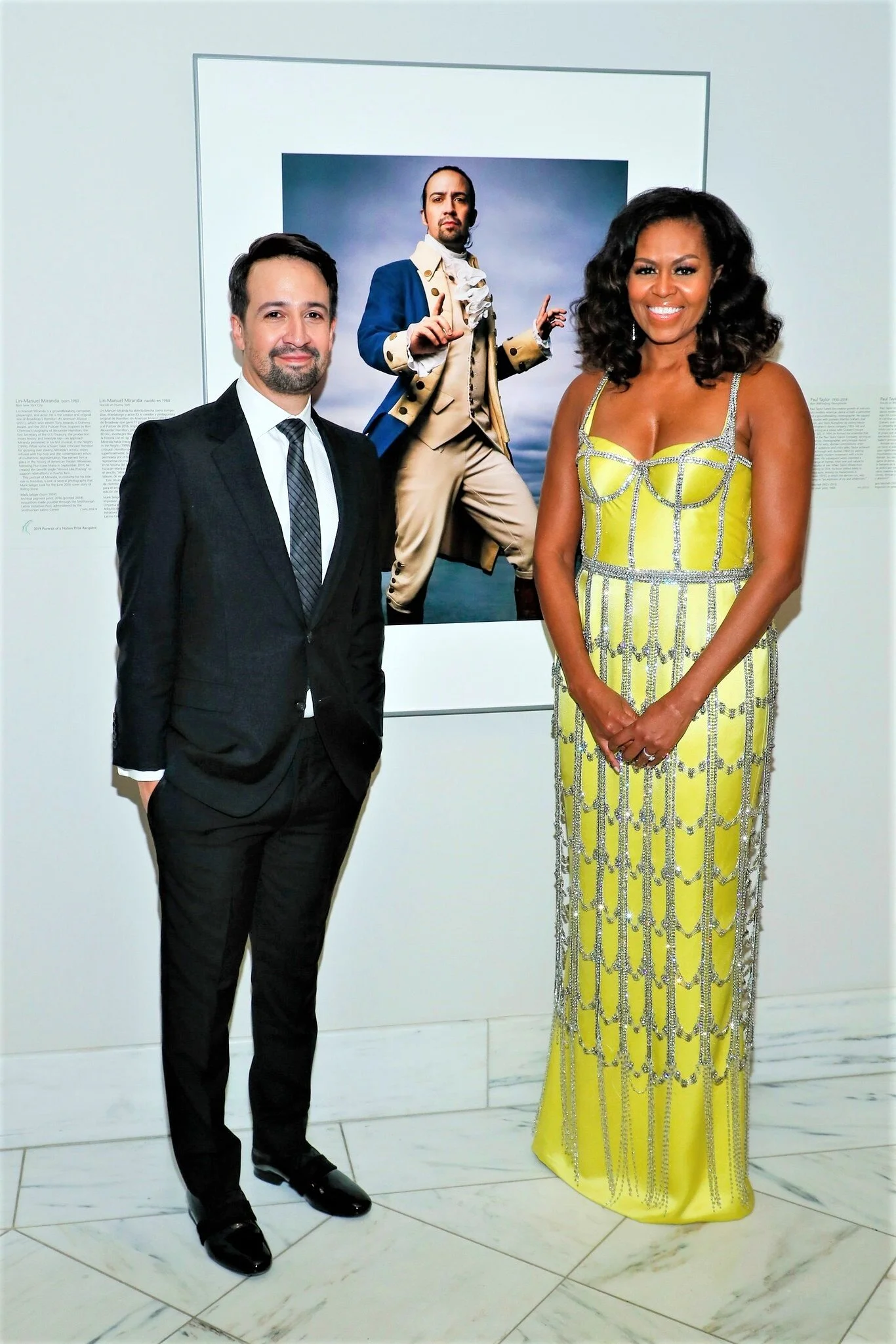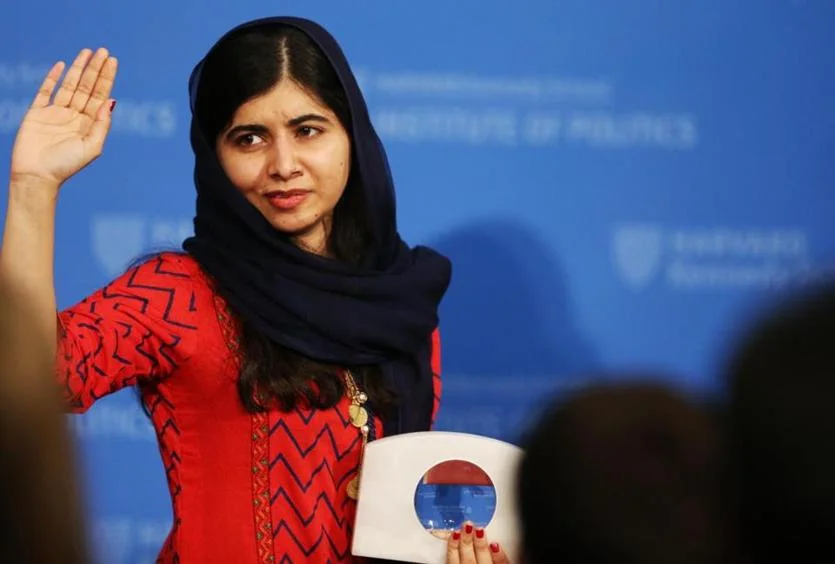Angelina Jolie's Double Mastectomy Tied To Mary-Claire King Cancer Research
/![]()
Angelina Jolie’s Double Mastectomy
 Angelina Jolie stunned women worldwide, sharing news that she had a double mastectomy in an offensive move against eventual probability of breast cancer. 1. Actress and magnificent humanitarian, mother, lover and partner Angelina Jolie revealed that she had a double mastectomy earlier this year after learning that she carries a defective version of a gene called BRCA1. The gene defect, and another called BRCA2 are rare, causing only 5-10% of breast cancers and 10-15% of ovarian cancers among white women in America, writes the New York Times.
Angelina Jolie stunned women worldwide, sharing news that she had a double mastectomy in an offensive move against eventual probability of breast cancer. 1. Actress and magnificent humanitarian, mother, lover and partner Angelina Jolie revealed that she had a double mastectomy earlier this year after learning that she carries a defective version of a gene called BRCA1. The gene defect, and another called BRCA2 are rare, causing only 5-10% of breast cancers and 10-15% of ovarian cancers among white women in America, writes the New York Times.
Women who carry the gene mutations have, on average, about a 65% risk of developing breast cancer, compared to a 12% risk among most women. Writing an Op Ed for the Times today, Jolie said that the probability in her case was 87%.
The actress also faces a 50% chance of contracting ovarian cancer. Jolie’s process began on Feb. 2 with a “nipple delay”, which she explains in detail. Surprisingly, days after her second operation to remove the breast tissue, Jolie writes that she was back to a normal life.
With major advancements in reconstructive surgery in recent years, Angelina Jolie says the results can be beautiful and only detected by small scars. Her story is tracked on the Pink Lotus Breast Center in Beverly Hills.
Genetist Mary-Claire King
2. Working in the sciences is notoriously challenging for women — men outnumber and out-earn them across the biological, life, physical and social sciences. The story of geneticist Mary-Claire King, who won the 2013 €100,000 Paul Ehrlich and Ludwig Darmstaedter Prize, confirms the difficulty women have being taken in science — even when they are correct in their research hypothesis.
Mary-Claire King is American Cancer Society Professor in the Department of Genome Sciences and Medicine at the University of Washington in Seattle. In awarding her price, Goethe University Frankfurt wrote:
“Mary-Claire King was the first to demonstrate that there is a genetic predisposition for breast cancer. This proof has permanently changed thinking about the genetics of common complex diseases,” wrote the Scientific Council of the Paul Ehrlich Foundation in explaining its decision. Professor King has also worked for decades in identifying the victims of human rights violations around the world. The Scientific Council continued: “She makes it clear that genetics can benefit humanity.”
If Mary-Claire King and Angelina Jolie don’t know each other before now, they surely will soon.
The prizewinner has also identified other disease genes. The conditions they cause include inherited deafness, schizophrenia, autism, and systemic lupus erythematosus. Mary-Claire King is also highly respected for her humanitarian commitment. She uses genetic technologies to expose violations of human rights. Since 1984 she has been working with the grandmothers of Plaza de Mayo in Argentina. These grandmothers are demanding the return of their grandchildren to their biological families. The children were kidnapped by the military junta between 1976 and 1983, orphaned and given up for adoption to sympathizers of the junta. Mary-Claire King provides sound proof of the biological kinship of the children. She also works with the UN War Crimes Tribunal and has identified the victims of war, terror and torture in countries such as Cambodia, Guatemala, El Salvador, Rwanda, Ethiopia and Bosnia.
CNN’s Zoralda Sambolin Reveals Breast Cancer
3. CNN “Early Start” anchor Zoralda Sambolin walked into work today, knowing that she was diagnosed with a very early form of breast cancer called DCIS five weeks ago.
Handed her script about Angelina Jolie’s own revelation of her double mastectomy, Sambolin decided to tell viewers her own story after sharing Jolie’s.
 Recently, Peggy Orenstein wrote a New York Times Magazine story called Our Feel-Good War on Breast Cancer.
Recently, Peggy Orenstein wrote a New York Times Magazine story called Our Feel-Good War on Breast Cancer.
Orenstein admits that she regrets writing a 1997 article about how a mammogram saved her life. And after receiving a new diagnosis of breast cancer last summer, the author — who was named one of The Columbia Journalism Review’s 40 women who changed the media business in the past 40 years” — decided it was imperative that she write a new article on breast cancer.
Orenstein writes about DCIS, Zoraldo Sambolin’s diagnosis, saying that for many DCIS lesions, there is only a 5 percent chance of invasive cancer developing over 10 years. Orenstein speaks candidly:
“In this country, the huge jump in D.C.I.S. diagnoses potentially transforms some 50,000 healthy people a year into “cancer survivors ” and contributes to the larger sense that breast cancer is “everywhere,” happening to “everyone.” That, in turn, stokes women’s anxiety about their personal vulnerability, increasing demand for screening — which, inevitably, results in even more diagnoses of D.C.I.S. Meanwhile, D.C.I.S. patients themselves are subject to the pain, mutilation, side effects and psychological trauma of anyone with cancer and may never think of themselves as fully healthy again.”
4. A new movie “Decoding Annie Parker” will shine a light on the discovery of the BRCA1 and BRCA2 genes that dramatically increase the risk of breast and ovarian cancer. With Tuesday’s revelation that Angelina Jolie carries the BRCA1 gene, the movie with Helen Hunt playing the geneticist Mary-Claire King is certain to spark interest in the film. See trailer for ‘Decoding Annie Parker’,

